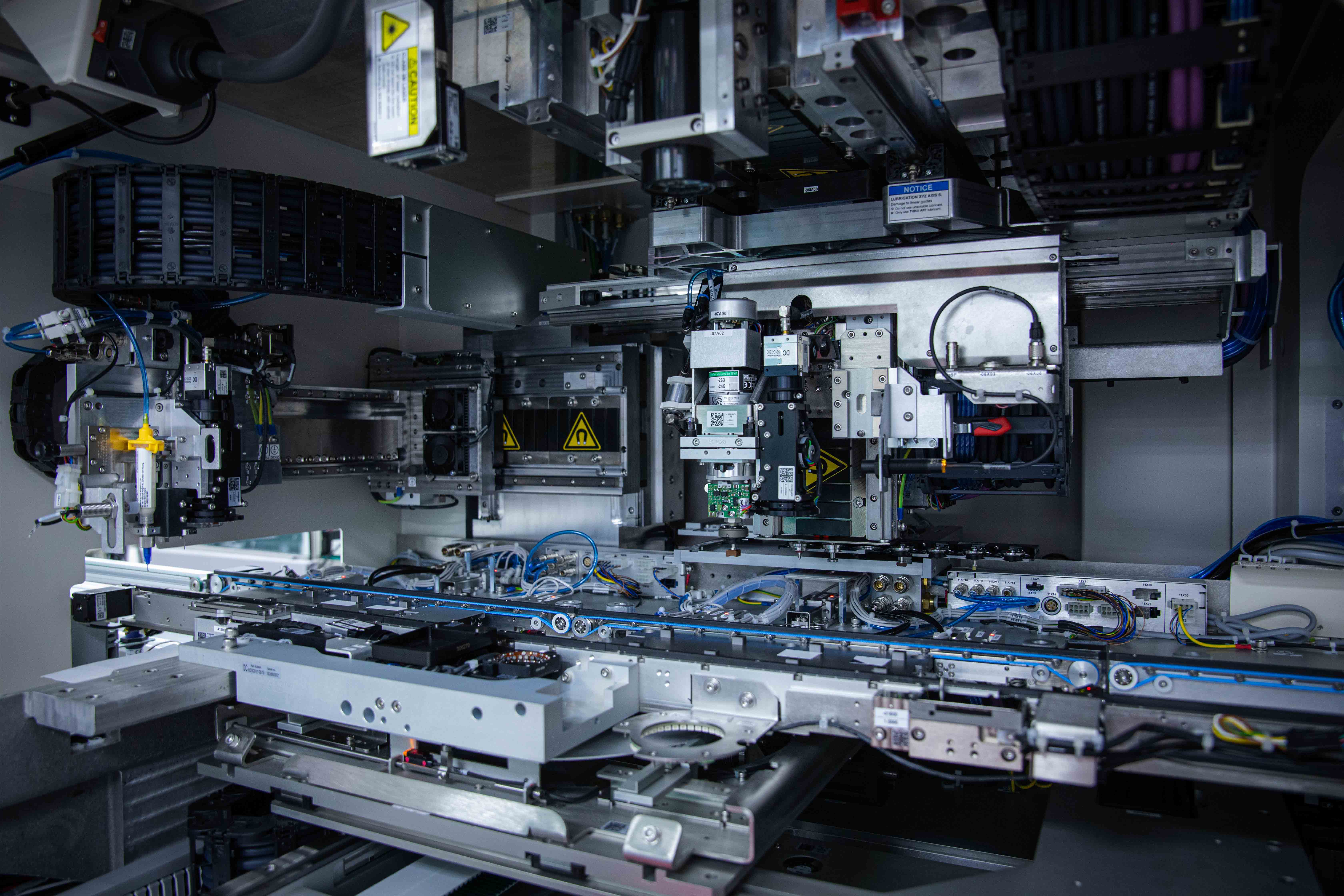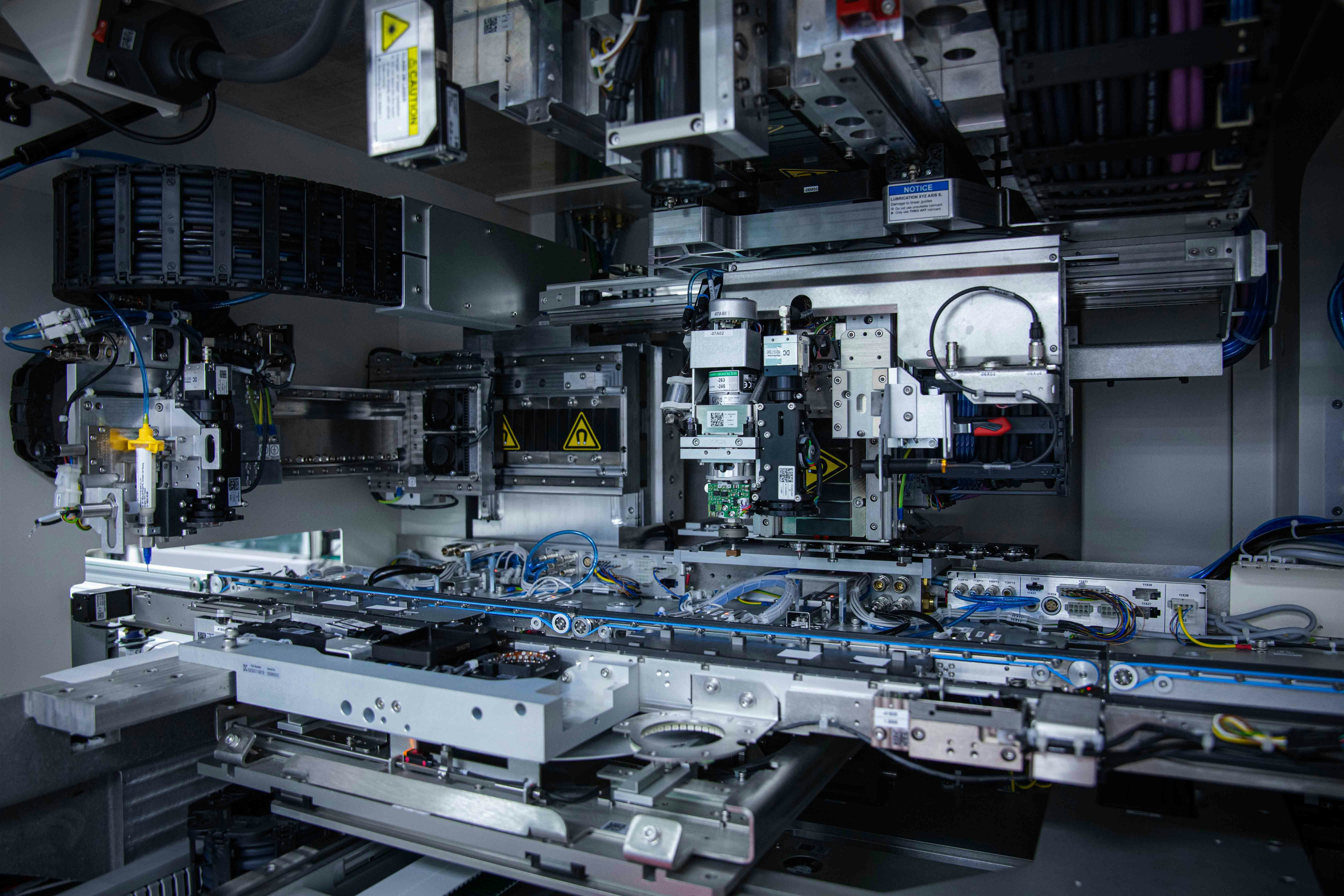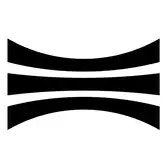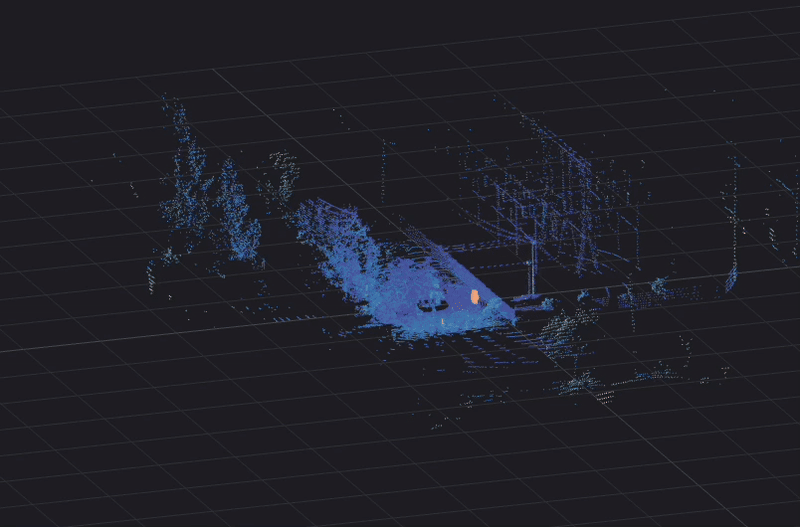We believe that lidar is the building block of a new world in which advanced infrastructure and autonomous machines can see and understand their surroundings, improving safety and quality of life while driving efficiency, sustainability, and resiliency for both businesses and society. However, a good product is meaningless if its manufacturing remains difficult and elusive.
Since day one, Ouster has considered the manufacturability of our products integral to the design and engineering process. Built on silicon CMOS technology, digital lidar results in a simplified architecture that is inherently suited to volume manufacturing, allowing Ouster to quickly scale production while driving down costs. For our customers, the ability to receive performant and cost-efficient sensors in a timely manner is a critical consideration and a key reason they choose to partner with Ouster.
We’re proud of our rigorous approach and simple product design, which has allowed us to maintain two week lead times on our product despite supply chain headwinds.
Where We Build
The majority of our manufacturing is outsourced to Benchmark Electronics, a multi-billion dollar global contract manufacturer, in Thailand to support the high volume, low-cost production of Ouster sensors while meeting major industrial quality requirements and future automotive-grade qualifications. Our Benchmark campus in Thailand is made up of two buildings totaling 420,000 square feet where we maintain a local team of Ouster employees across engineering and manufacturing, in addition to Benchmark staff.
We’ve been working with Benchmark since late 2017 and started building full OS sensors at their Ayudhaya facility in 2019. Together, we’ve already shipped over 14,000 sensors to customers all across the world operating in a wide spectrum of industries. We also continue to develop, introduce, and manufacture new products at our Buy America(n) certified facility in San Francisco, which is attached to our corporate headquarters.
ISO 9001:2015 and 14001:2015 and Other Certifications
Ouster achieved a major milestone on our path towards automotive and industrial safety certifications with the achievement of our ISO 9001:2015 Quality Management System and ISO 14001:2015 Environmental Management System certifications in 2022. This is a critical step towards achieving functional and industrial safety for all of our products and puts us on track to achieve additional milestones along our product certification roadmap later this year.
Benchmark’s Thailand facility is certified to international standards that govern quality and environmental requirements for the industry, including ISO 9001:2015, ISO 14001:2015, and automotive IATF 16949. Major automotive OEMs completed audits of Ouster’s Benchmark Thailand campus in 2019, confirming compliance with quality standards and volume production capacity.

Our Manufacturing Process
We’ve modeled the manufacturing process of our digital lidar sensors off the highly automated and mature CMOS camera manufacturing process, which is one of the reasons we’ve been able to ramp production in a short period of time. With Benchmark’s custom microelectronics line, a full-sensor assembly line, and an end-of-line test room within a single facility, Benchmark’s capabilities accelerate production capacity to over thousands of units per month while maintaining quality and costs.
When we introduce new products, a dedicated team in San Francisco designs the manufacturing process and then replicates that process at scale at our Benchmark campus in Thailand. We have multiple manufacturing lines, and each station within the line has a dedicated manufacturing engineer. Each sensor goes through a number of custom end-of-line tests – including burn-in temperature checks, calibration, communication, optics alignment, leak, acoustic, balance, range and field-of-view tests on an 80m test track – to verify the repeatability of each of the sensors and to make sure that they are working optimally for the customer.
Quality & Reliability
Reducing sensor failure and downtime saves money and more critically, reduces safety risk from failed operations. This is why our sensors are designed to the highest standards of reliability and robustness, including IP68/69K and automotive-grade shock and vibe specifications. These standards ensure that our sensors can reliably perform in unpredictable weather conditions and extended outdoor use through rain, snow, hail, dust, salt spray, and fog.
Once the product is built, reliability testing becomes the primary focus. We continuously optimize our sensors through rigorous testing and failure analysis processes. Each sensor undergoes a series of industry-leading rigor and operational endurance tests, including heat ovens, cold-weather rooms, and tests for shock, vibration, and water ingress. Thanks to this, our sensors are:
- Rated IP 68/69k, power-wash approved, functional when immersed up to 1m in water
- Automotive-grade shock and vibration
- Cold-weather operating temperatures down to -40°C
- Tested for up to 30,000 hours of continuous operations with an average product lifespan of over 100,000 hours* (calculated using IEC-61508/IEC-62380 MTTF methodologies)
Performing these tests at the standards we do allows us to offer a best-in-class two-year warranty across our OS series.
Supply Chain & Sustainability
Our commitment to safety and sustainability drives us to minimize negative impacts and maximize value across our business and the industries we serve in order to contribute to a better society. We are committed to making decisions and conducting our business in an environmentally responsible and proactive manner by minimizing our carbon footprint, conserving natural resources, minimizing waste, using renewable and cleaner energy sources when possible, and upholding the principles of human rights and fair labor practices.
Stay in touch with us to meet our customers and learn more about our manufacturing process and the ways in which we’re ensuring the continued delivery of sensors for real world deployment.




